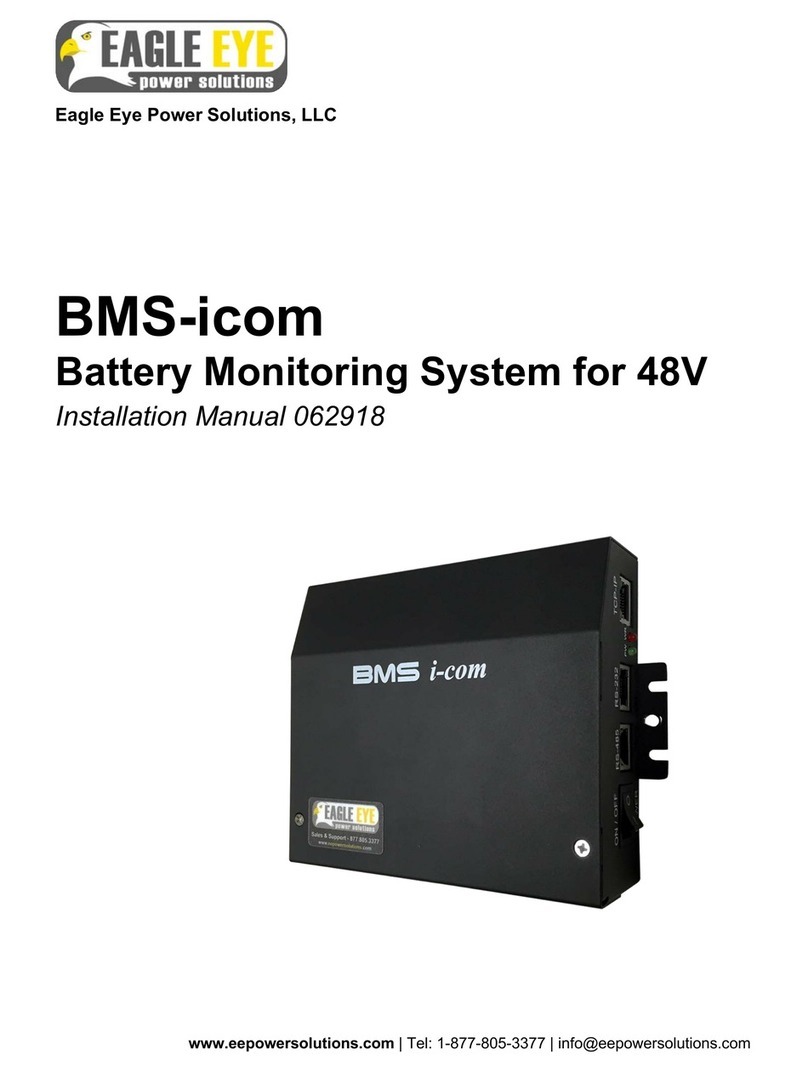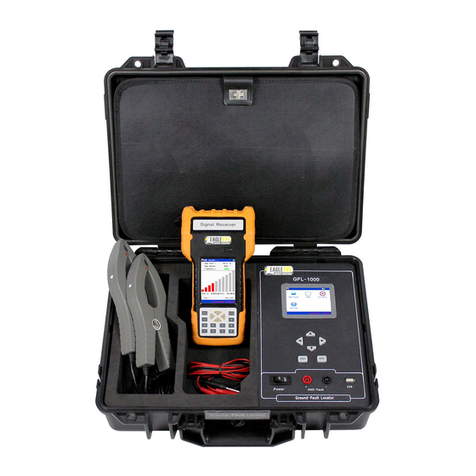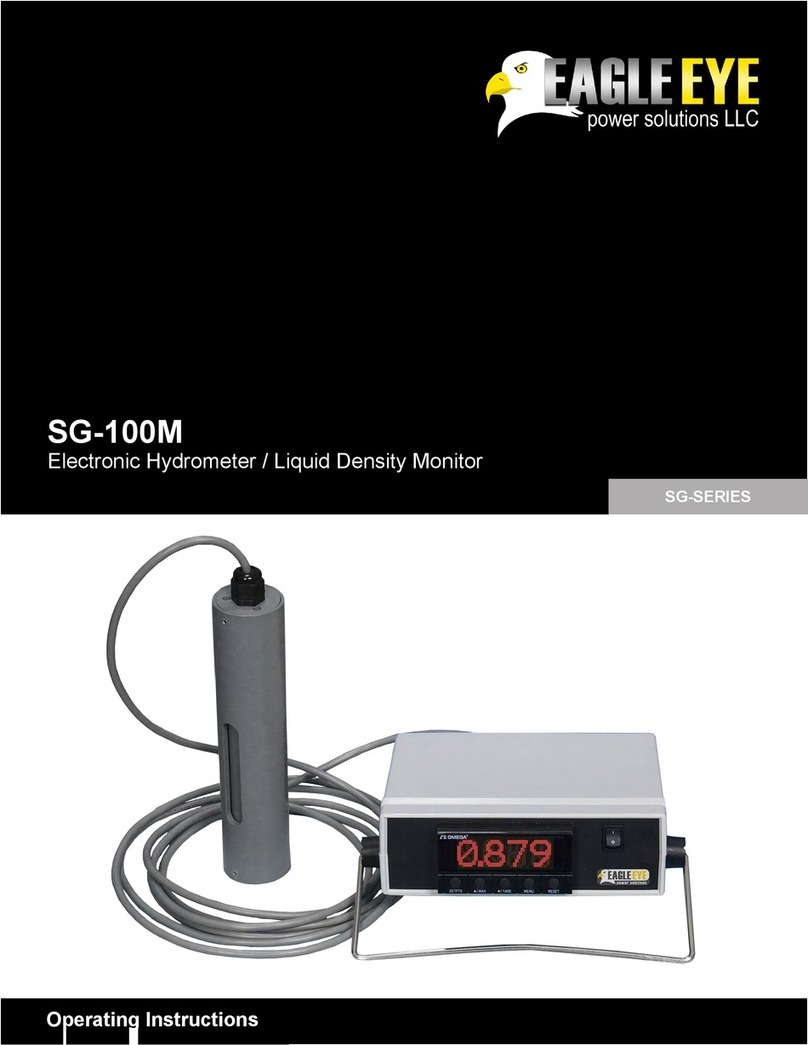
4
10.3 Performing a Custom Adjustment ................................................. 35
10.4 Reset to Factory Adjustment......................................................... 36
11 Methods and Sample IDs.................................................................... 37
11.1 Methods ........................................................................................ 37
11.1.1 Managing Methods ............................................................... 38
11.1.2 Assigning a Method to a Measurement ................................ 39
11.1.3 Calculating the Temperature Coefficient Alpha .................... 39
11.2 Custom Parameters ...................................................................... 40
11.2.1 Using Predefined Custom Parameters ................................. 40
11.2.2 Importing New Custom Parameters...................................... 40
11.3 Defining and Using Sample IDs .................................................... 41
11.4 Using the RFID Function............................................................... 42
12 Measuring ............................................................................................ 45
12.1 Filling the Sample ......................................................................... 46
12.1.1 Filling with the Filling Tube.................................................... 46
12.1.2 Filling with a Syringe............................................................. 47
12.2 Measuring ..................................................................................... 48
13 Measurement/Check Data in the Data Memory ................................ 49
13.1 Viewing Data................................................................................. 49
13.2 Printing Data ................................................................................. 49
13.3 Exporting Data to a PC ................................................................. 50
13.4 Deleting Data ................................................................................ 51
14 Cleaning and Storing.......................................................................... 52
14.1 Cleaning the Measuring Cell......................................................... 52
14.2 Cleaning Interval ........................................................................... 52
14.2.1 Cleaning at the End of a Measurement Cycle ...................... 53
14.2.2 Cleaning Visible Residues in the Measuring Cell ................. 53
14.2.3 Recommended Cleaning Agents .......................................... 53
14.3 Cleaning the Filling Pump ............................................................. 56
14.4 Cleaning the Housing and Display................................................ 58
14.5 Storing the Instrument................................................................... 58
15 Maintenance and Repair..................................................................... 59
15.1 Maintenance ................................................................................. 59
15.1.1 Exchanging the Batteries ...................................................... 59
15.1.2 Exchanging the Pump Lever................................................. 61
15.2 Firmware Update .......................................................................... 61
15.3 System Information ....................................................................... 61
15.4 Warranty Exclusions ..................................................................... 62
15.5 Returning the Device for Repair.................................................... 62


































